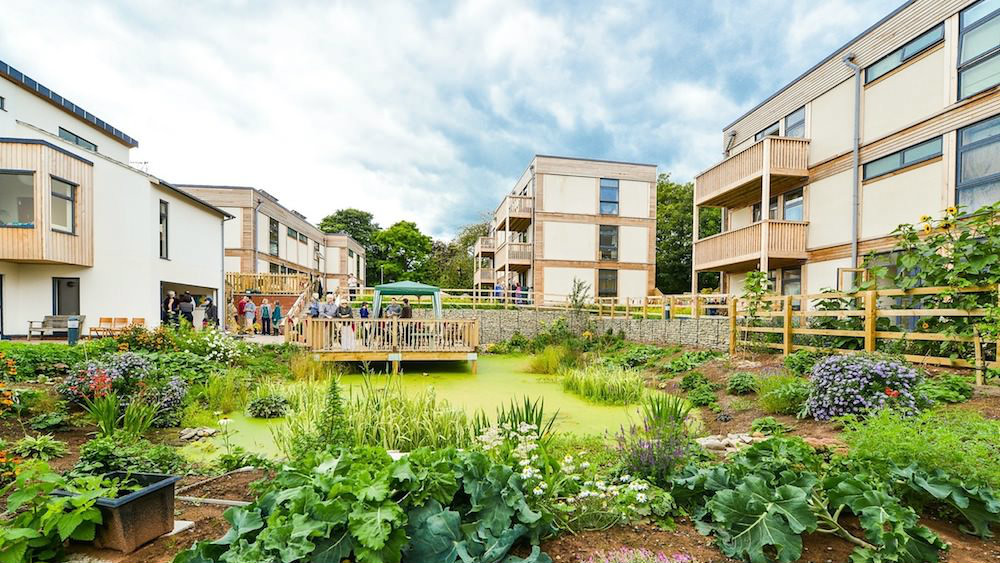The CDT will receive funding of £3m from the University and industry partners, including BRE Trust, Arup Group Ltd, Expedition Engineering Ltd, Atkins Global and Lhoist.
Heating, lighting, cooling and ventilation of buildings accounts for around 40 per cent of carbon emissions from the developed world. The embodied energy needed to construct buildings accounts for another 5-10 per cent. As a result, the built environment is responsible for 50 per cent of relevant emissions, making it the largest single emitter.
The UK has the stated aim of an 80 per cent cut in carbon emissions by 2050 and experts suggest this target can only be met if work is done to transform society as a whole. Specifically, the built environment will need to be near fully decarbonised by that date, so consequently architects have a vital role to play.
The new CDT will be situated within the Department for Architecture and Civil Engineering and housed in a new building, due to open in 2015. It will see between 50 and 100 PhD students completing game-changing research into zero and low-carbon building technologies.
The research themes covered will address some of the challenges facing the decarbonisation of the built environment including: materials and structures, building physics, construction management processes, control and digital systems, social science, resilience and climate change, architecture, policy and economics. The Centre will help bridge the gap between academic research and an industrial and societal need.
The first intake of students will start in October 2014 with the programme led by Professor David Coley who has a wealth of first-hand experience in combining low-energy building design with usability, designing developments that are fit for purpose well into the future.
Professor Coley leads the University’s EDEn (Energy and Design of Environments) research group which is at the cutting-edge of research in design sustainability, natural processes and renewable energy, and attracts international funding due to its strong reputation. Commenting on the launch of the new CDT he explained: “The question is why so few buildings are developed using the green technologies we have. Are the costs too high, are construction companies lacking staff with relevant skills, or is it that we are more focused on what our buildings look like than the long term implications of climate change on society?”
EPSRC’s Chief Executive, Professor Philip Nelson, said: “I am pleased to welcome this new Centre which is focused on the very important challenge of helping society to reduce the vast amount of carbon we emit into atmosphere from our towns and cities.”
The investment complements our pre-existing EPSRC CDTs in Sustainable Chemical Technologies, Digital Entertainment and Statistical Applied Mathematics, as well as three other CDTs in which the University is now partnered with other universities.
Pro-Vice-Chancellor for Research, Professor Jane Millar said: “Through the new Centre at Bath, the architects of the future will be equipped with the skills to meet the challenge of designing buildings for a low-carbon future”.

